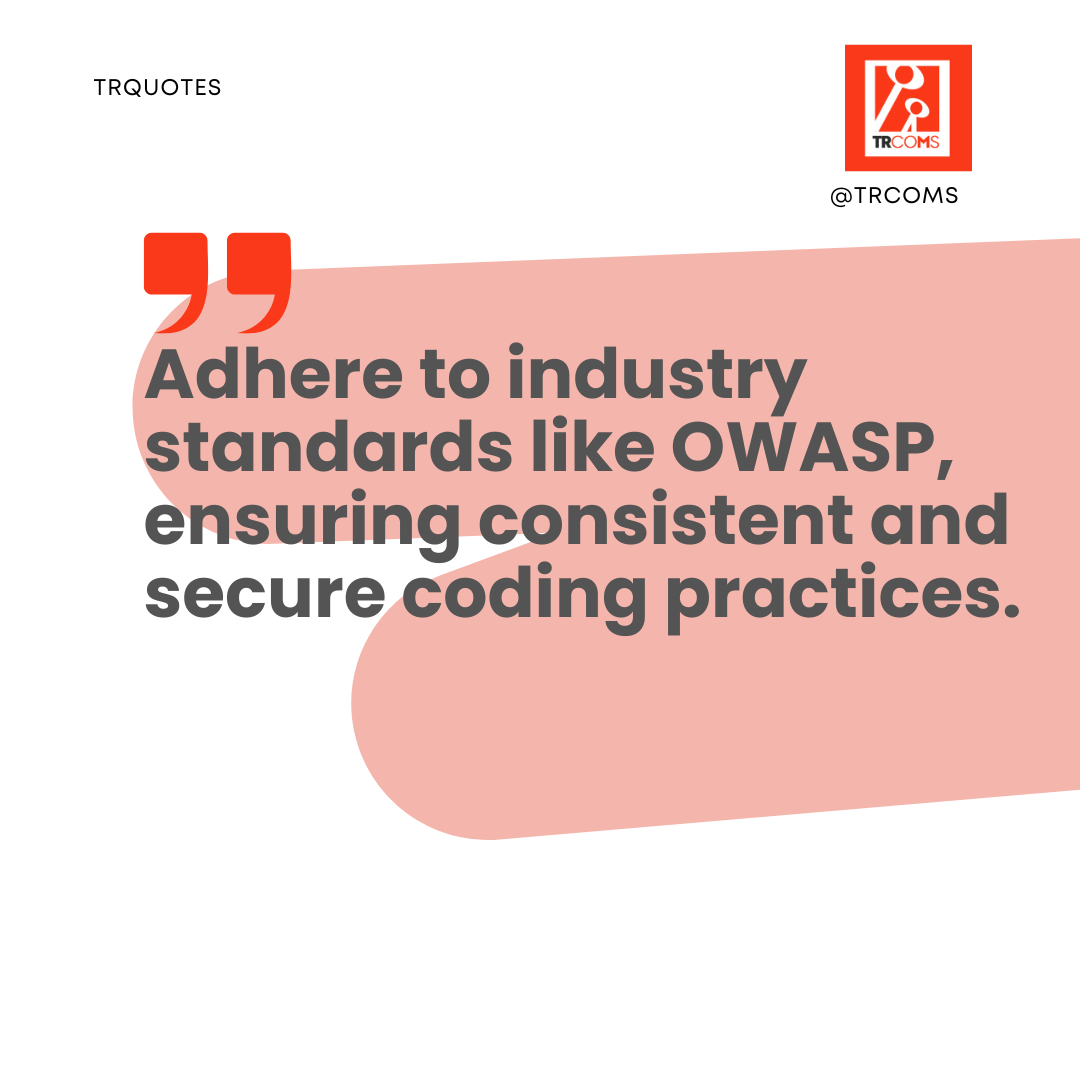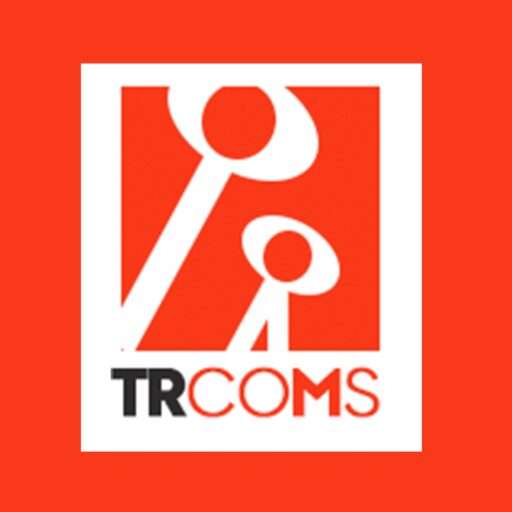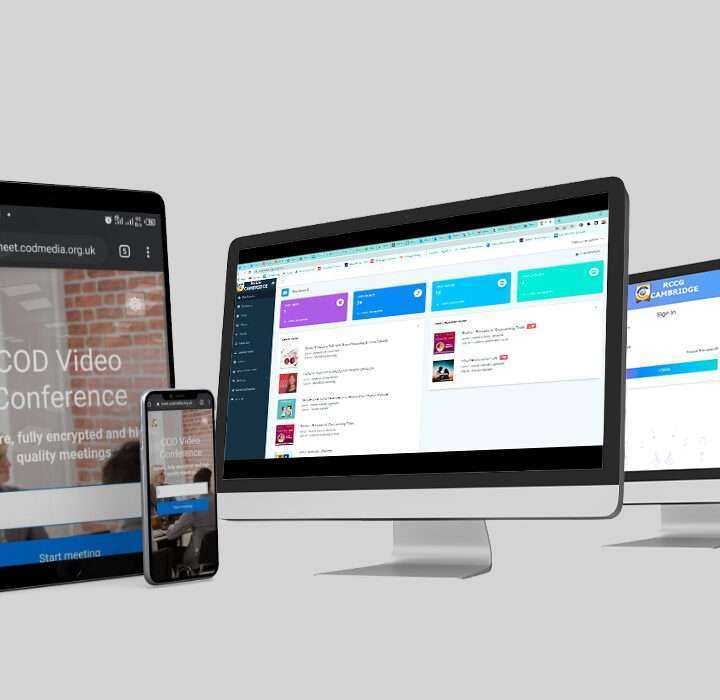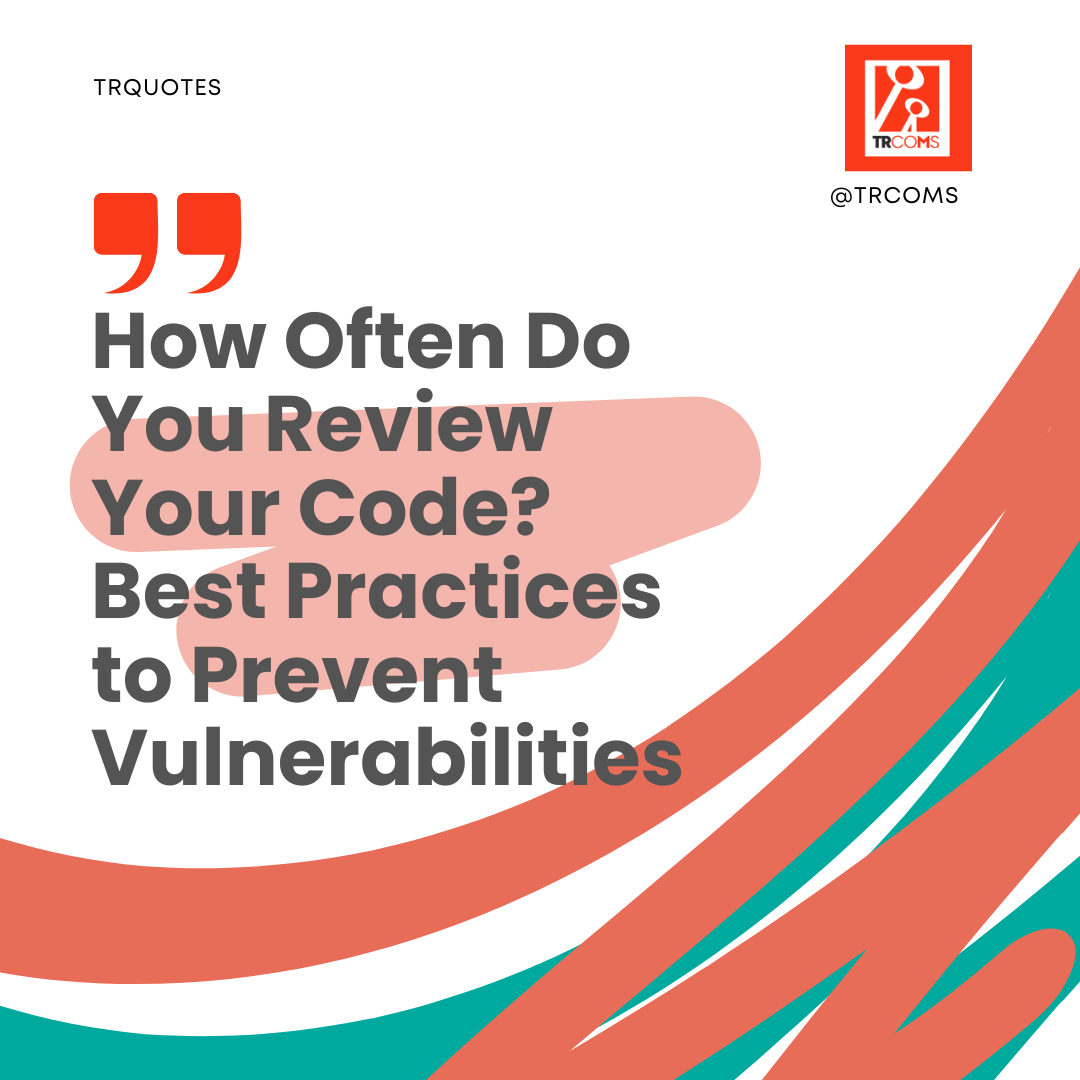How Often Do You Review Your Code?
Best Practices to Prevent Vulnerabilities
Regular code reviews are crucial in maintaining high-quality, secure software. But how often should you review your code to prevent vulnerabilities effectively?
Frequency of Code Reviews
- Continuous Review: Integrate code reviews into your continuous integration/deployment (CI/CD) pipeline. This ensures every change is reviewed before merging.
- Scheduled Reviews: Conduct scheduled code reviews regularly, such as weekly or bi-weekly, to assess larger code changes and overall architecture.
- Event-Driven Reviews: Trigger code reviews after significant events, such as major releases, critical bug fixes, or introducing new features.

Best Practices for Preventing Vulnerabilities
- Automate Static Code Analysis: Use tools to automatically scan for common vulnerabilities and coding issues.
- Follow Secure Coding Standards: Adhere to industry standards like OWASP, ensuring consistent and secure coding practices.
- Conduct Peer Reviews: Involve multiple developers in the review process to catch different types of issues and share knowledge.
- Use Code Linters: Implement linters to enforce coding standards and identify potential errors early.
- Perform Threat Modeling: Regularly assess and model potential security threats to your application, adapting your code to mitigate these risks.
- Implement Unit and Integration Tests: Ensure thorough testing of your code to catch vulnerabilities that might not be evident through manual reviews.
- Stay Updated: Keep abreast of the latest security vulnerabilities and patches relevant to your technology stack.
- Document Reviews: Maintain clear documentation of review processes, findings, and actions taken to track and improve security measures over time.
By adopting these practices, you can enhance your code’s security, reduce vulnerabilities, and ensure a robust software development lifecycle. Regular reviews, coupled with automated tools and peer collaboration, form the cornerstone of a secure coding environment.










